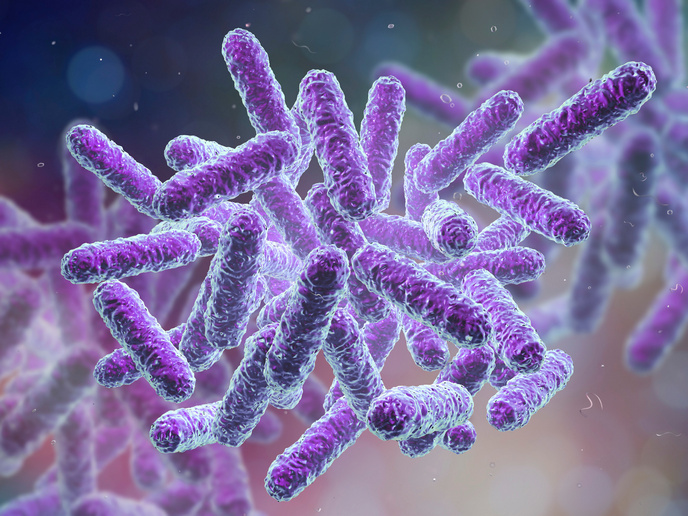Complex genetic goals scored in dairy cattle
The Brown Swiss breed of cattle is renowned for its high milk yield. Moreover, good butterfat and protein content make it ideal for cheese production. Two other important characteristics are docile nature and climatic resilience. First bred on the slopes of the Swiss Alps, the breed is resistant to extremes of hot and cold and can subsist under harsh conditions with little husbandry. Geneticists faced with improving complex genetic characteristics like milk yield have a tough job due to the large amount of data that needs to be evaluated. Consequently, part of the objective of the European project BOVMAS was to validate methodologies for marker assisted selection (MAS) for milk yield in cattle breeds common in Europe. Furthermore, they aimed to achieve a body of quantitative trait loci (QTL) map information complete with sire information. Using data supplied from the project overall, the team from the Universität für Bodenkultur Wien in Austria specifically studied four correlated traits, including milk yield, protein percentage, female fertility, and somatic cell count. This therefore embraced the most important traits of milk yield and quality while incorporating elements of disease resistance by means of udder health. A QTL mapping experiment was performed which gave rise to simulated realistic breeding programmes. Selection was performed according to conventional breeding values without the use of embryo transfer and then compared with a scenario where the technique was used. The data was also applied to a real population of some 50 000 cows. The economic reality of the MAPS results was modelled using the computer program ZPLAN which uses biological, statistical and economic parameters. Annual monetary genetic gain (AMGG), discounted returns, costs and profit were calculated. There was found to be a moderate increase in AMMG based mainly on milk yield. There are however extra costs involved in marker assisted preselections (MAPS) but these were moderate and offset by resultant increased selection in elite dams. Results showed that MAPs could increase the success of programmes with complex breeding goals. Genetic gain can be translated into economic gain. These findings have been presented at scientific and cattle breeders' conferences to actively disseminate data acquired. Commercial use is likely to follow by use in breeding programmes which no doubt will improve the competitiveness of the European dairy sector.







